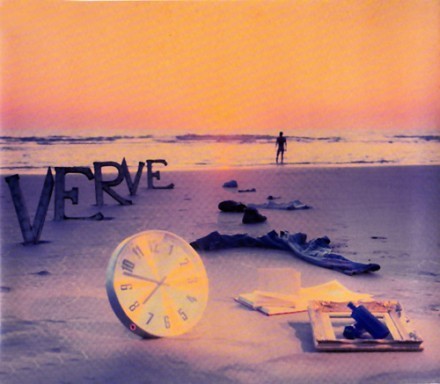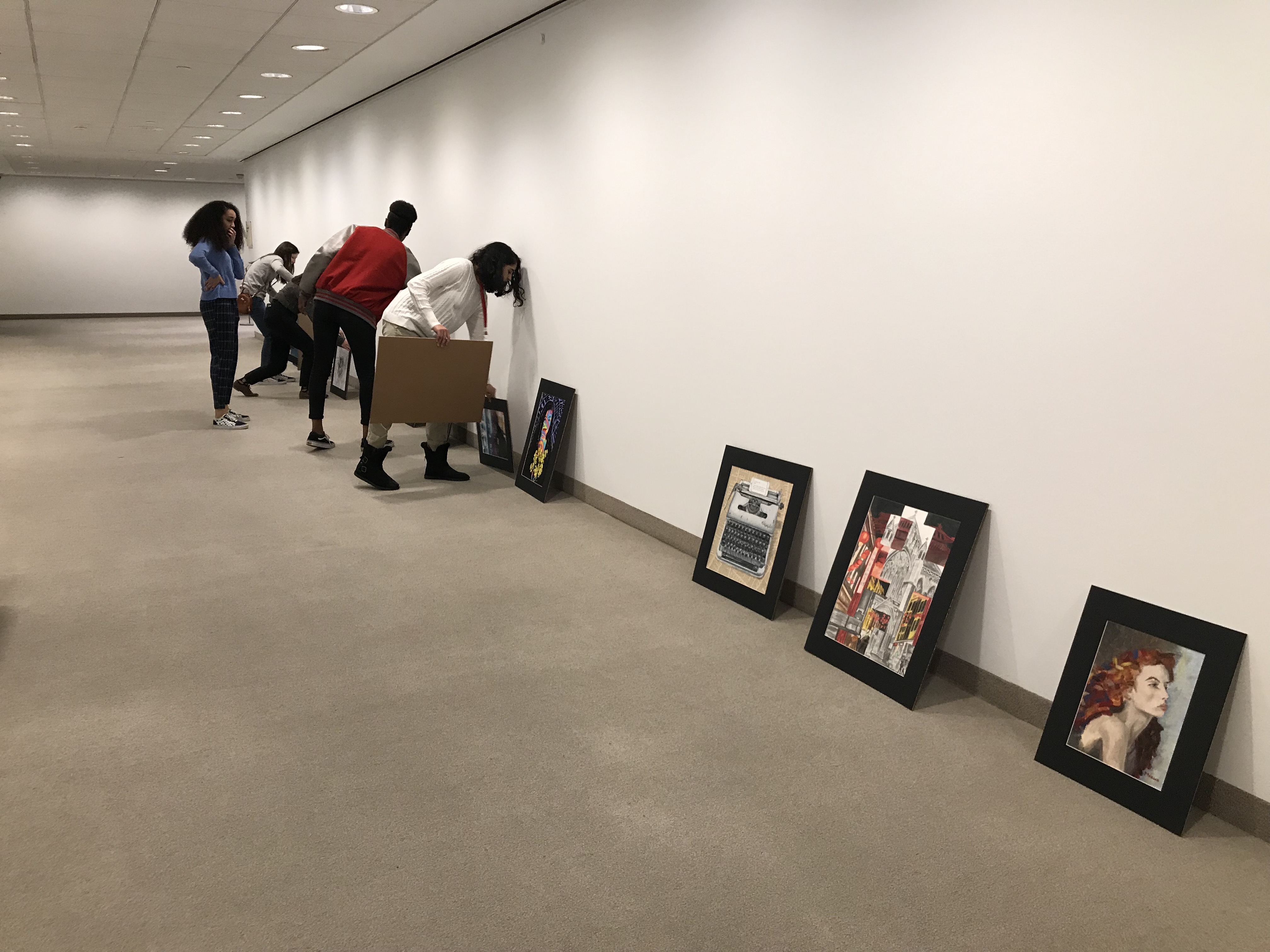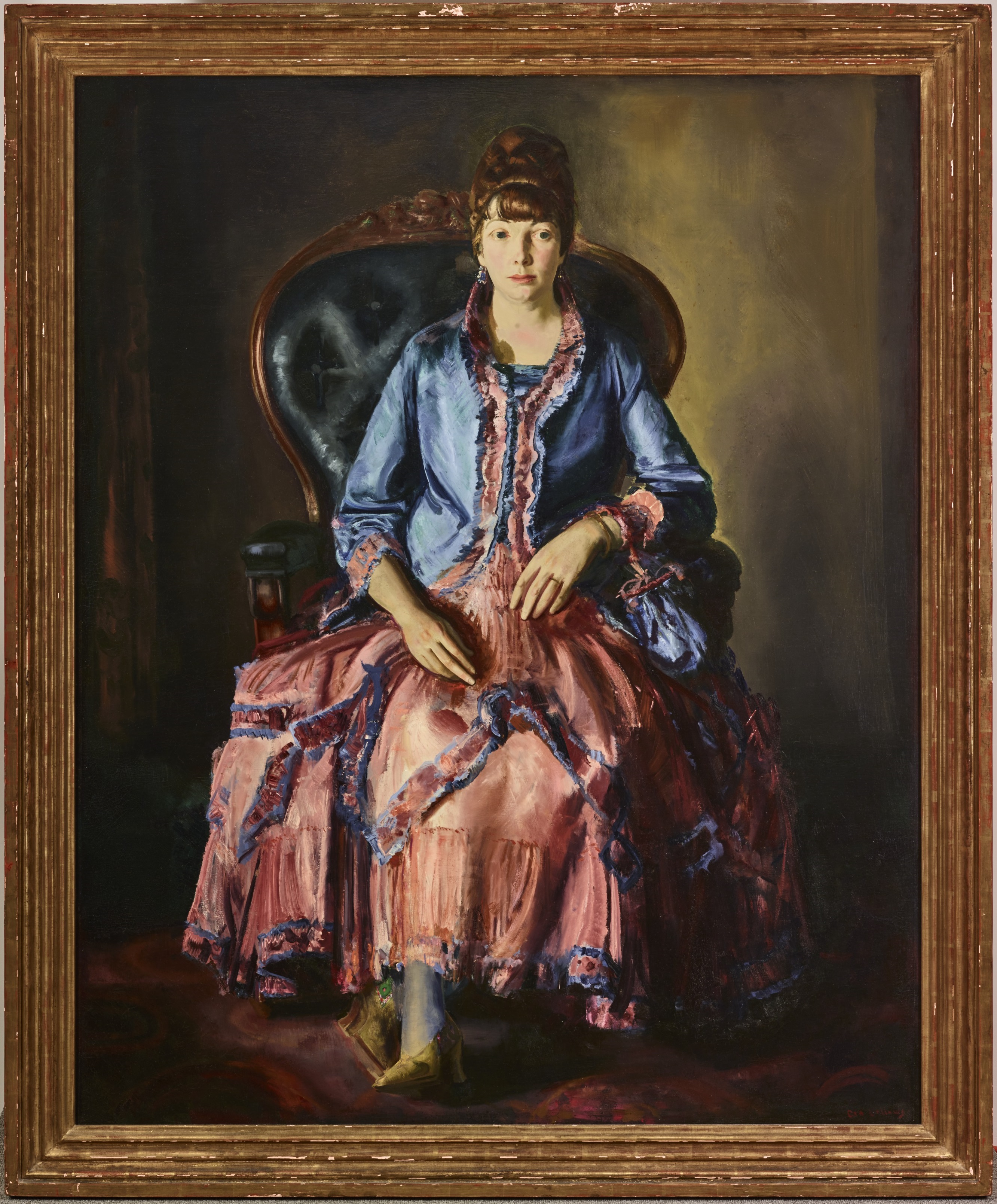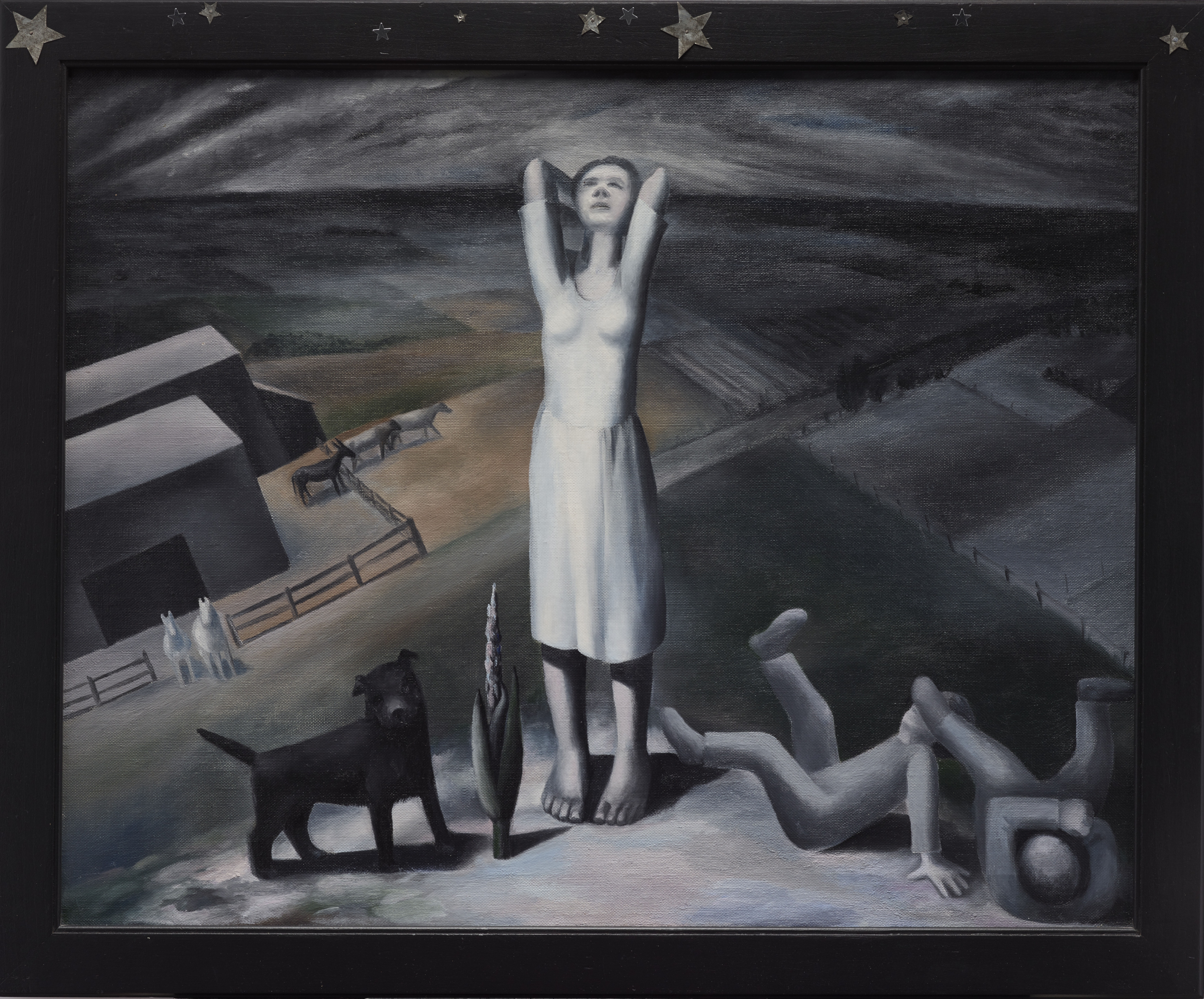Andy Warhol walked the René Magritte cloud-inspired runway, but Raf Simons’ Fall 2013 collection borrowed its name, “The Persistence of Memory,” from Salvador Dalí. Simons, drawing on formative moments in his life and in the life of Christian Dior, nods here to their shared journey as art gallerists-turned-couturiers. Simons, Dior Creative Director from 2012 to 2015, was dedicated to continuing the bond between artists and Dior.
Dior closed his gallery in 1934 when the 1929 financial crisis adversely affected the art market. In 1945, Dior turned to Dalí as the inspiration for his Autumn/Winter collection, and in 1950 Dior and Dalí collaborated in Brazil to create the futuristic Costume of the year 2045.

In his debut Dior collection, Simons collaborated with contemporary artist Sterling Ruby. Simons used custom-made silks based on Ruby’s paintings, turning the canvases into haute couture. Ruby was a contemporary of Simons in the same way Dalí was a contemporary of Dior’s.

Throughout his tenure at 30 Avenue Montaigne, Simons revisited Dior’s personal history, weaving Dior’s love of art, and art connections, into the future.
A fortuneteller once told 14-year-old Dior:
“You’ll find yourself penniless, but women will always bring you luck and it is through them that you’ll be successful.”
Dior reportedly had his tarot cards read before every runway show. Pop artist Andy Warhol was also superstitious—and fascinated with Christian Dior. Like Dior, Andy Warhol’s first commission was a Glamour magazine sketch of a stylish woman sitting on the top rung of a ladder.
Simons connected Dior to Warhol through his career as a commercial artist and illustrator for department stores. For his Fall 2013 collection, created in conjunction with the Andy Warhol Foundation for the Visual Arts, he incorporated Warhol’s early illustrations into his designs.
A key work exploring the relationship between Warhol and Dior is a painted folding screen for the Miss Dior perfume. The screen was used as a display in the window of the Bonwit Teller department store.

Coming full circle, Warhol goes from creating the Miss Dior perfume ad to being featured on the Miss Dior bag in Simons’ Fall 2013 collection. You can see the Limited Edition Miss Dior handbag from the collection in Dior: From Paris to the World‘s “Total Look” gallery.

Simons also directly referenced Warhol’s 1966 work Silver Clouds as a nod to Warhol, Dior, and Simons’ own shared past. Models displayed reimagined Dior designs and Warhol sketches as they walked past giant silver sculptures; however, when the Fall 2013 collection walked, fashion magazines noted the sculptural resemblance to Cloud Gate by Anish Kapoor, better known as the “The Bean” in Chicago’s Millennium Park.
Perhaps Simons references both—a fleeting reminder that history repeats itself.
______________________________________________________________________________
Visit DMA.org/Dior to reserve timed exhibition tickets in advance for Dior: From Paris to the World.
Clara Cobb is the Senior Marketing Manager at the DMA.



































